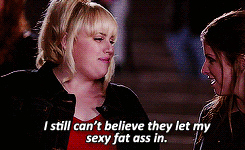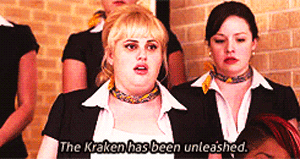Poetry & Rejection by the Numbers
So recently I was chatting with poetry friends about rejection, and when to give up on a poem. We were asking each other things like “when do you give up on submission?” Or “how many rejections does it take for you to know a poem just isn’t good enough?” I don’t know that there’s a specific number. So my answer is somewhere between “NEVAAAAAARRRRR!” and “Usually I get sick of the poem and realize it’s terrible before the number of rejections affects my willingness to send it out.” Given, I’m a bit of an egomaniac, but I maintain that all artists need delusions of grandeur on some level in order to function.
So there’s that. But I can give you some numbers. Because I’ve been doing this for a while and I’m still getting like 5-10 rejections a week because I do send out and I’m pretty sure that getting rejected is my job. Like, ratio of rejections to acceptances? Intensely on the R side. And those no’s sting. I’m not numb to it. And neither are you, probably.
The poem I usually mention in this context is “At that age when these girls become fairies” which I wrote in 2012, probably in the middle of the night, and began sending to magazines shortly thereafter. It was rejected by 62 magazines over two years before it was picked up by Abyss & Apex last year. Abyss & Apex also nominated it for a Pushcart. This is where the delusions of grandeur come in handy. Believing you’re awesome = not quitting = eventually maybe hopefully getting that piece you love published.
And here are some more numbers: I just had another piece, “A Nearby Fence, Pull,” published in Orbis Quarterly. This piece was written last year and it took about a year to place, over the course of 46 rejections, to place. “Peaches, Inhibited,” written in the fall of 2014, received 71 rejections (including one from Orbis) before finding a home in a forthcoming issue of TAB: The Journal of Poetry and Poetics. These two are poems that I thought would get snatched up right away, because I thought they were just edgy and cool and fun and tightly written. But, clearly, editors didn’t the same way. Until they landed on the desks of editors who DID.
And then there’s “Bermuda,” a poem that I wasn’t so sure about, but every once in a while I’d include in a packet. It only had 18 rejections, but these 18 rejections were spread out over four years. It eventually found a home in [PANK], which is a reminder every time I’m not sure about a piece that, perhaps, I should take a look at it from another angle, put on my game face, and try again.
And there have been TONS of poems that still haven’t found a home. Some of which didn’t find a home for a reason — they weren’t good enough. They didn’t speak to anyone but me. They stopped speaking to me. And those poems have gone in a drawer.
I think most of us eventually figure out what goes in that drawer eventually. Sometimes it’s a few weeks before you retire a poem. And sometimes it takes years of obsessing to kill those darlings. But the poems that you believed in on the day you first sent them to magazines and that you still believe in? Keep sending them. Because it could take a while, because the market is finicky, it changes, and it surprises you.
And, of course, there’s nothing more satisfying than an acceptance letter for a poem that’s been collecting rejections for years.















